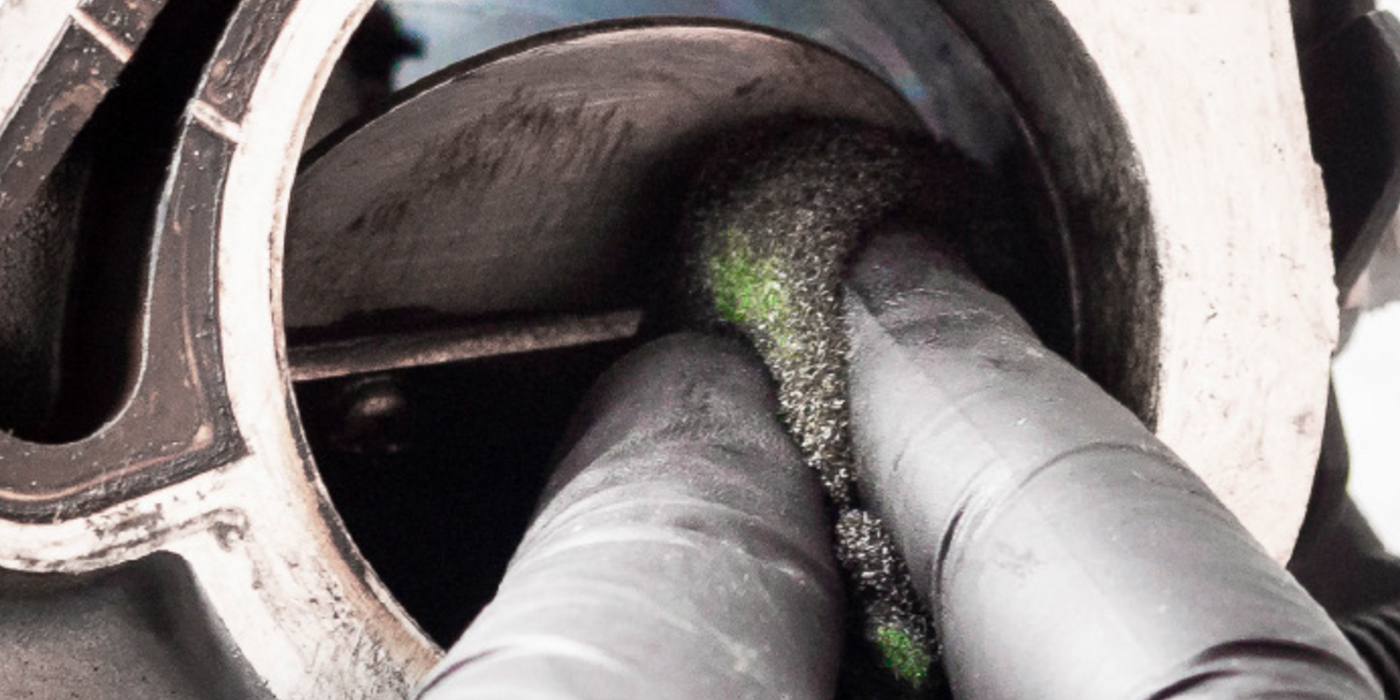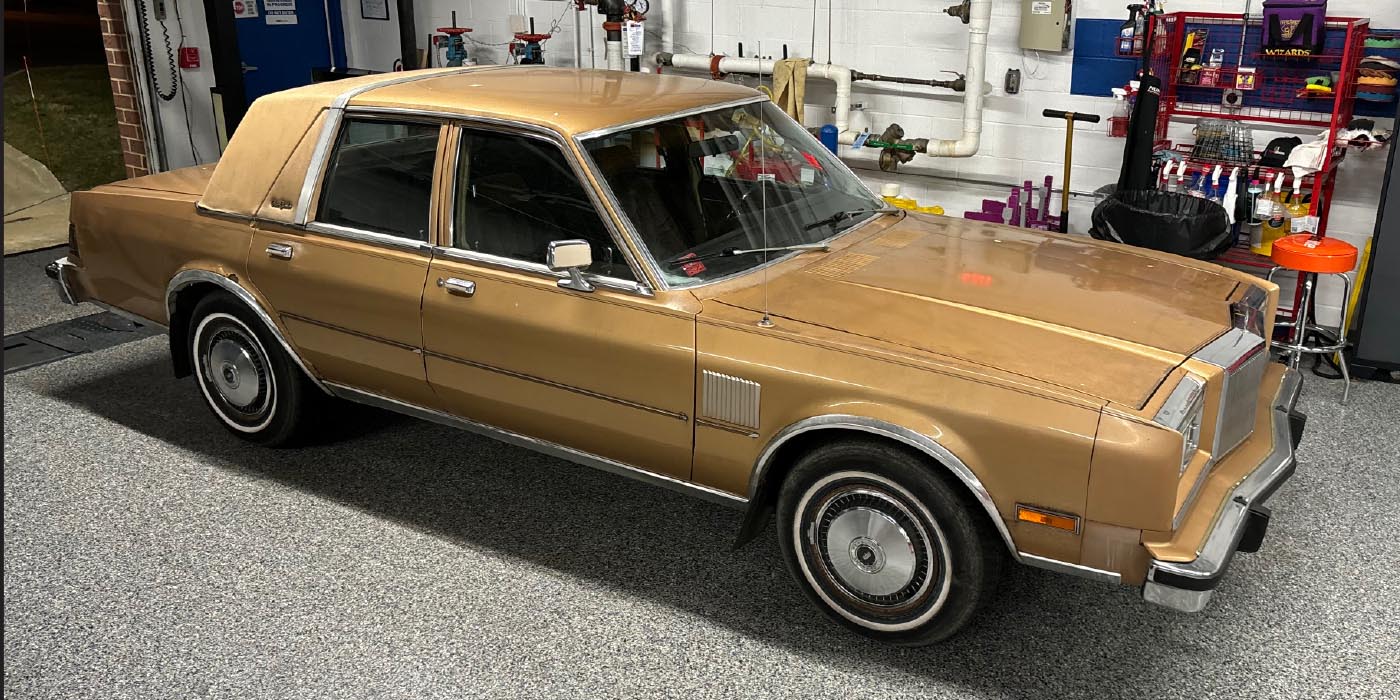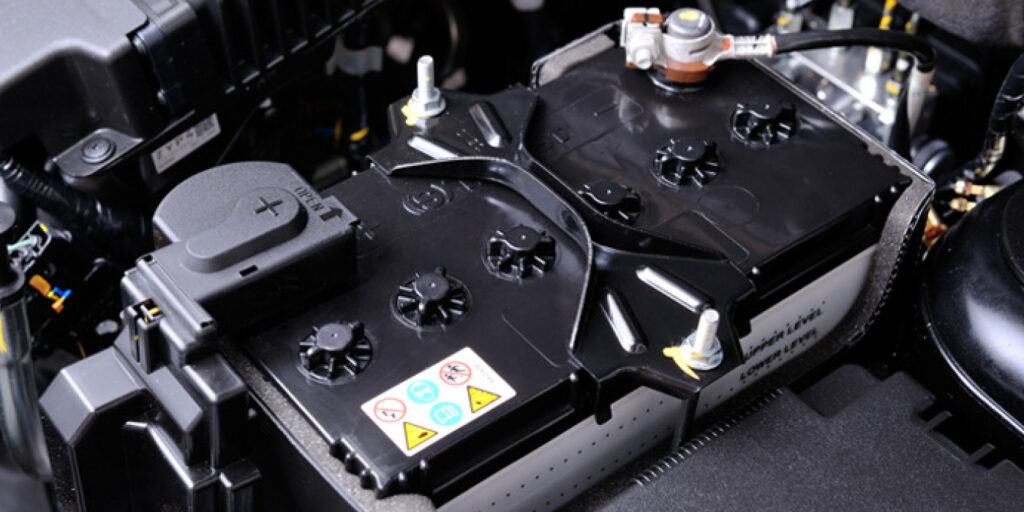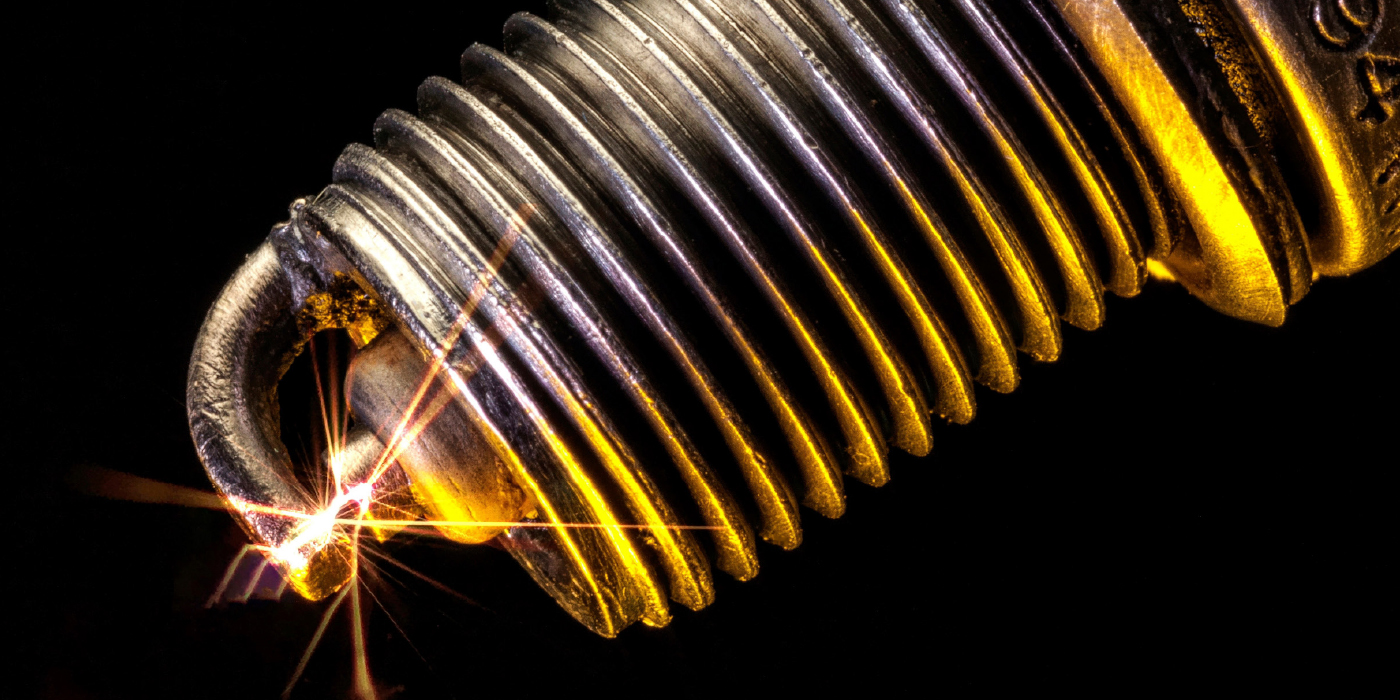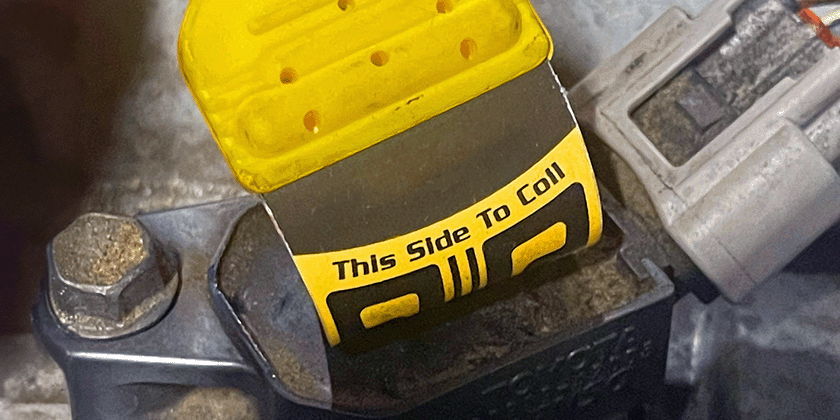In late July, General Motors Co. announced that it will introduce the new, greenhouse gas-friendly, air-conditioning refrigerant HFO-1234yf in its 2013 Chevrolet, Buick, GMC and Cadillac models for the U.S.
GM assured that the new refrigerant will be able to keep vehicle interiors as cool as they are today with R-134a systems, while reducing heat-trapping gases in the atmosphere by more than 99%.
GM engineers said the biggest benefit of the HFO-1234yf, which will be supplied to the automaker by Honeywell, is that it breaks down faster in the atmosphere than the refrigerant currently used in R-134a systems. On average, R-134a refrigerant has an atmospheric life of more than 13 years, giving it a global warming potential (GWP) of over 1,400.
By comparison, the new refrigerant lingers in the atmosphere for just 11 days and has a GWP of only 4, a 99.7% improvement. GWP is a value used to compare different greenhouse gases that trap heat in the atmosphere. The base measurement for GWP is relative to that of carbon dioxide (CO2).
Since there are about 200 million cars with air conditioning systems in the U.S. alone, and some, if not most, leak refrigerant at some point in their lifetime, engineers have been looking for an alternative refrigerant for nearly a decade.
However, the benefit GM may be talking about may not just be for consumers or the environment, but for themselves.
According to the company, the switch to HFO-1234yf is expected to help GM vehicles meet the overall requirements of the U.S. Environmental Protection Agency’s latest motor vehicle greenhouse gas regulations — requiring a 40% improvement in the average overall vehicle fuel economy of the U.S. fleet by 2016.
The EPA said it would award regulatory credit for the improved environmental performance of the new refrigerant. At this time, GM is the only automaker to move forward with the new refrigerant.
“GM’s decision to adopt this new refrigerant is additional proof of our commitment to be on the forefront of green technologies that will keep our planet healthy for our children and grandchildren,” said Mike Robinson, GM vice president of Environment, Energy and Safety Policy.
“It’s not just about meeting regulatory requirements; it’s about environmental leadership and GM plans to lead in developing new technologies that will take the vehicle out of the environmental debate.”
For more on HFO-1234yf refrigerant, see the March issue’s Tech Feature: New Refrigerant Change May Not Be a ‘SNAP’ and April’s Directions page: The Impact of HFO-1234yf on Service Shops, or search HFO-1234yf at UnderhoodService.com.



